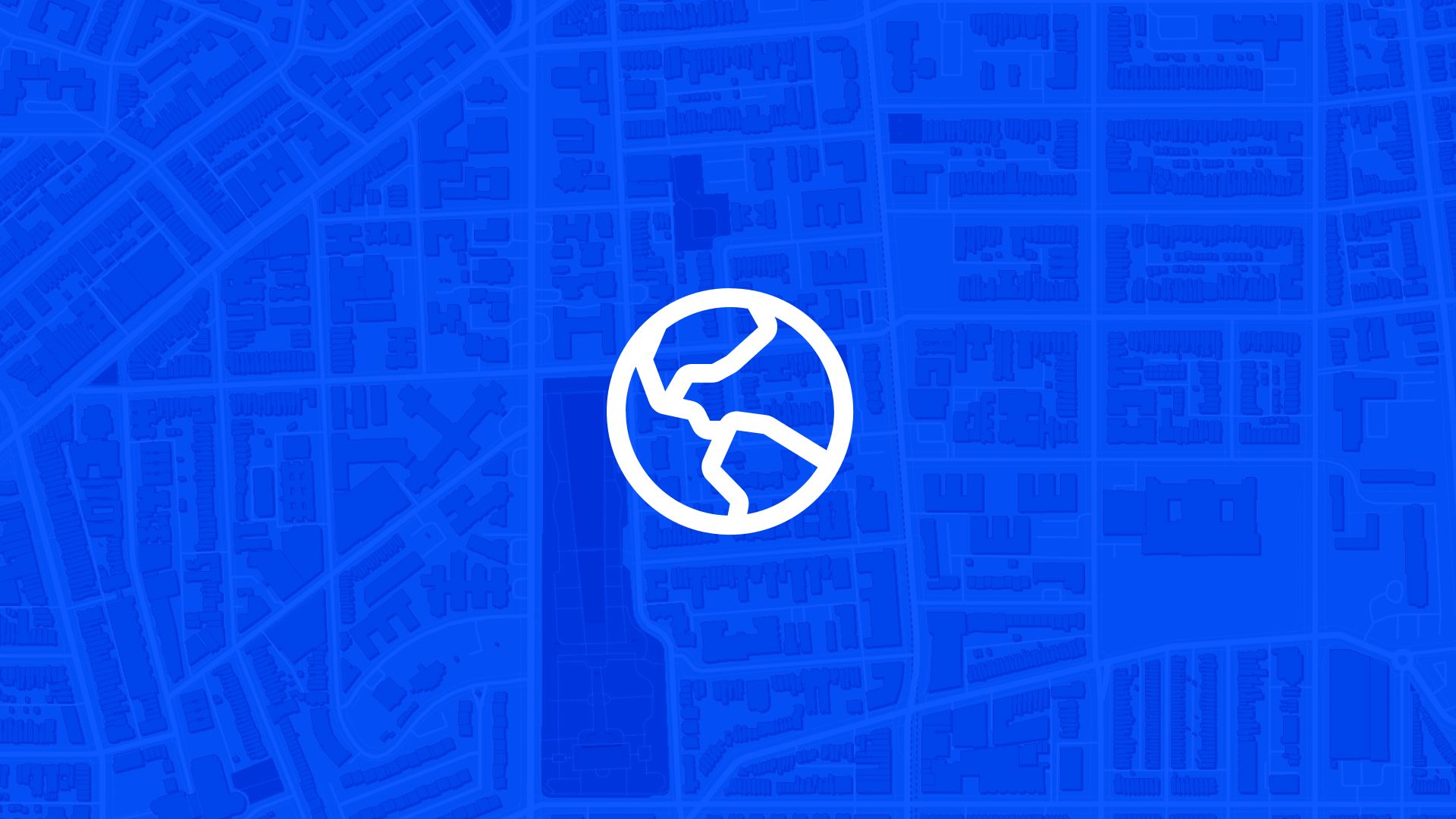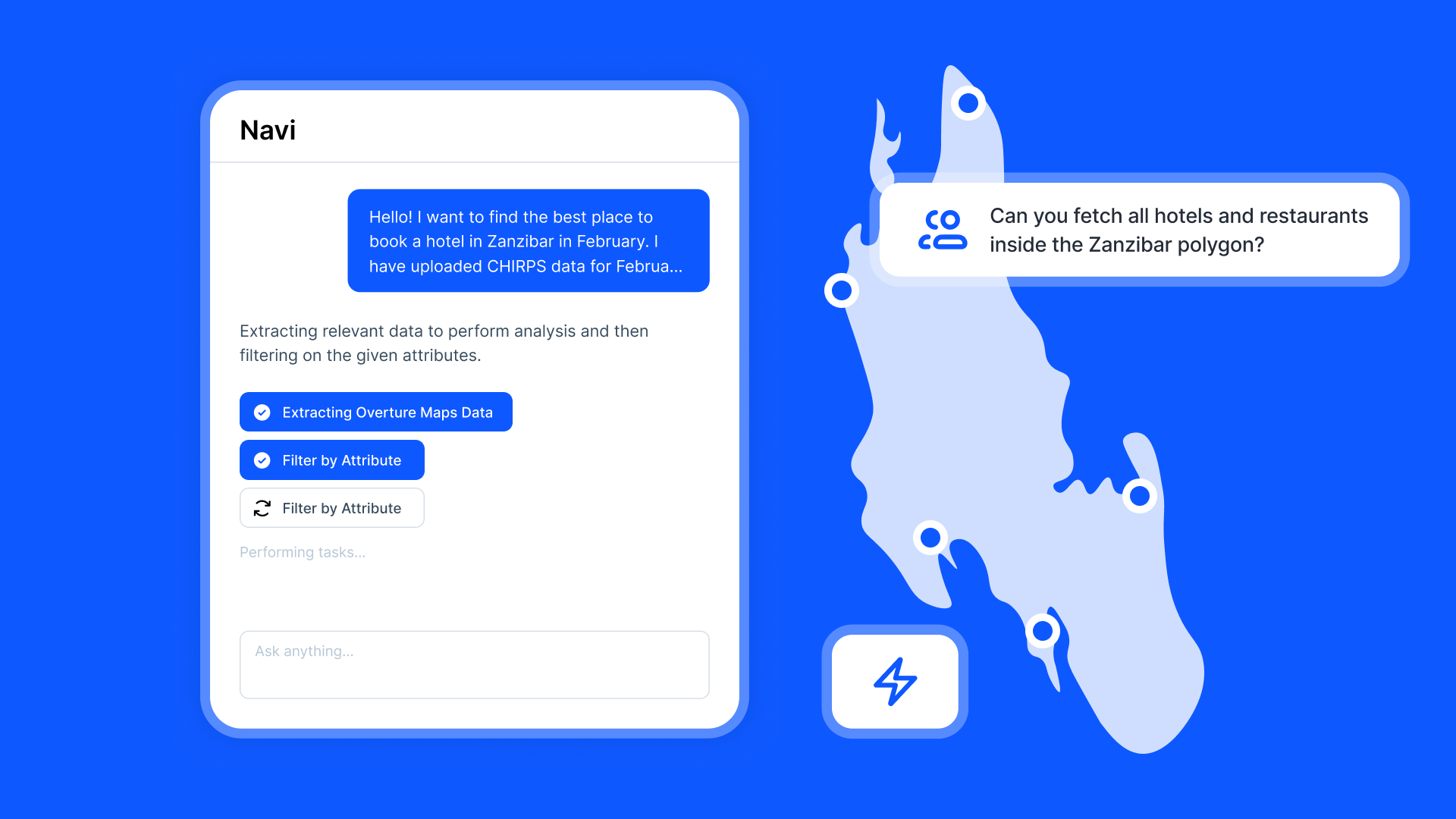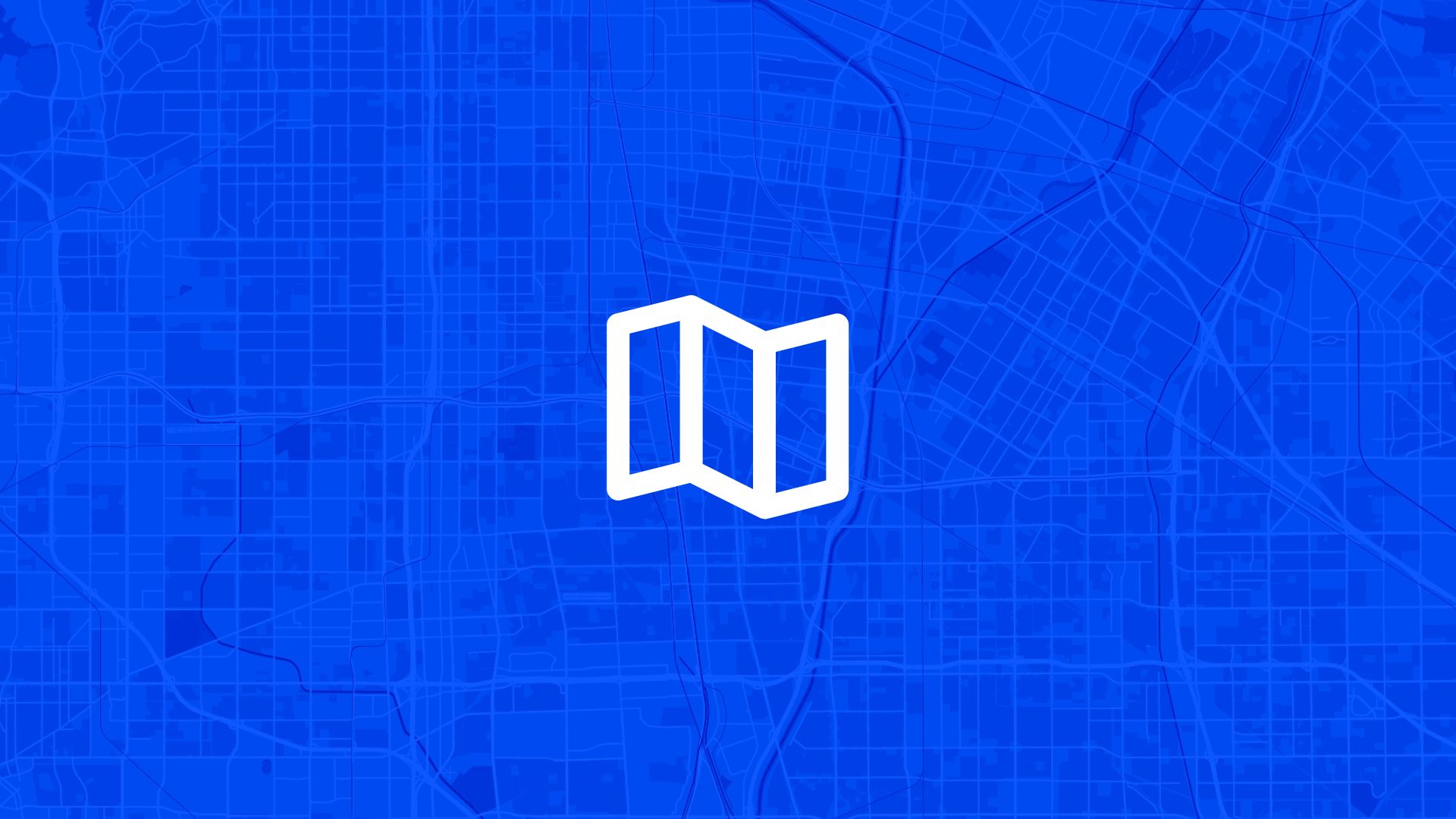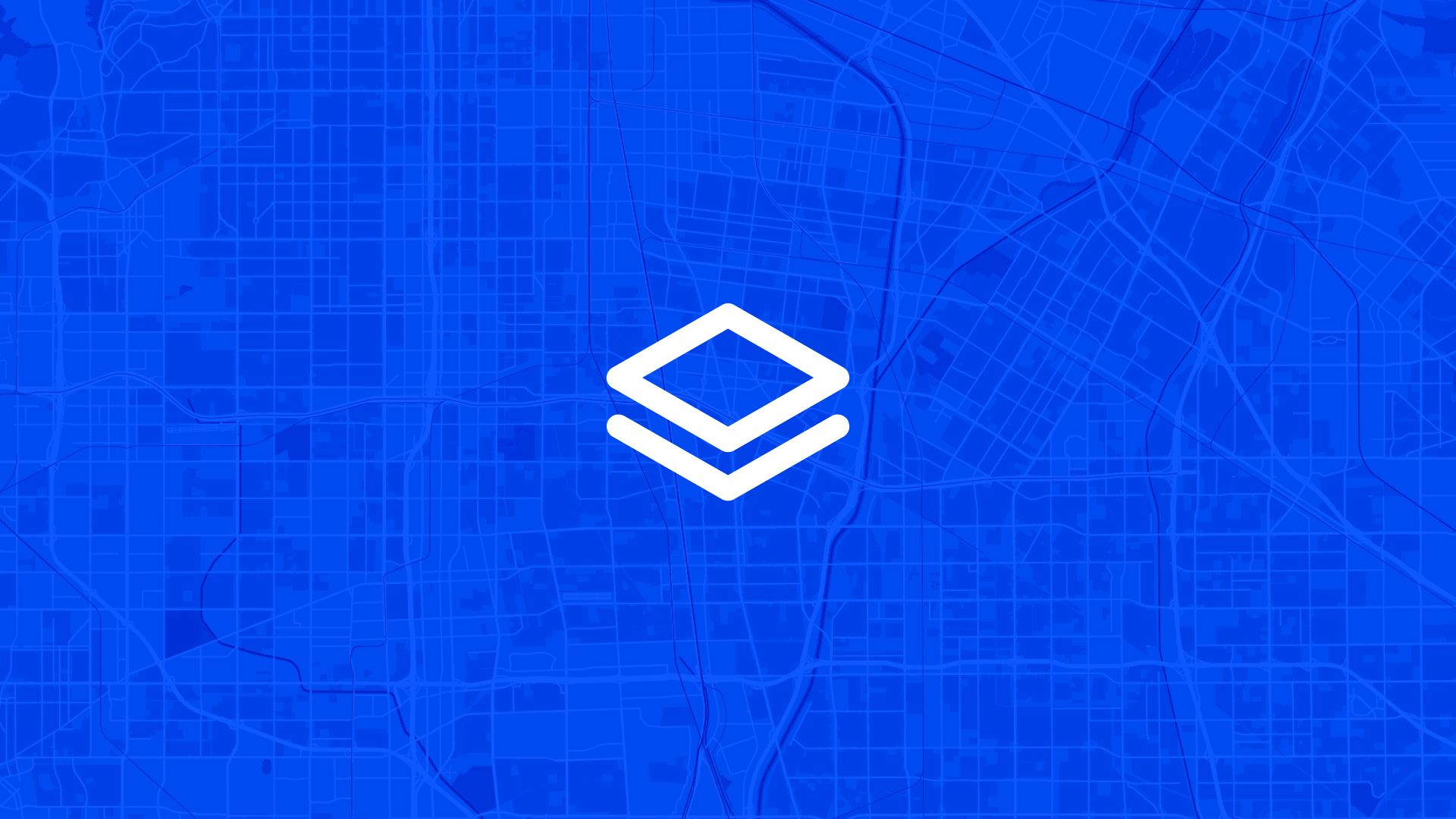The most well-served communities make their public amenities visible and accessible to all residents.
If your public facilities, services, and community resources exist only in separate directories, department websites, or printed materials that residents can't easily navigate, you're creating barriers to access and missing opportunities for strategic service planning. That's why smart community planners ask: can we map all our public amenities on one community map that helps residents find services and supports equitable access planning?
With Atlas, you can add all public amenities to comprehensive community maps that show residents what's available while supporting strategic planning for service gaps and future investments. No separate service directories, no scattered information, no confusion about what's available where. Everything displays clearly with the information residents and planners need.
Here's how to set it up step by step.
Why Comprehensive Public Amenity Mapping Matters
Adding public amenities to community maps improves resident access to services while supporting strategic planning for equitable community development.
So mapping public amenities isn't just public information—it's community empowerment that helps residents access services while supporting strategic planning for equitable community development.
Step 1: Set Up Your Community Base Map with Geographic Context
Atlas makes it easy to create comprehensive public amenity mapping:
- Add neighborhood boundaries and community districts to provide local context for amenity access
- Upload transportation networks including streets, transit routes, and pedestrian infrastructure that connect residents to amenities
- Import demographic information or census data to understand community needs and service area populations
- Include accessibility features showing sidewalks, parking, and barrier-free access to public facilities
Once configured, your community map provides the foundation for comprehensive amenity mapping and access analysis.
Step 2: Map Different Categories of Public Amenities
Next, create comprehensive coverage of community services and facilities:
You can map different amenity categories:
- Libraries and educational facilities including branches, programming spaces, and digital access centers
- Recreation centers and sports facilities with gyms, pools, courts, and fitness programs
- Community centers and meeting spaces offering programming, events, and civic engagement opportunities
- Public health services including clinics, health departments, and wellness programs
- Social services covering food assistance, housing support, and family services
- Cultural amenities including museums, arts centers, performance venues, and historical sites
Each amenity category gets distinctive symbols and styling that helps residents identify appropriate services and opportunities.
Step 3: Include Detailed Amenity Information and Access Details
To make amenity maps useful for residents and planners:
- Add service descriptions showing what programs, facilities, and resources are available at each location
- Include operating hours and seasonal availability for different amenities and services
- Document accessibility features highlighting ADA compliance, parking availability, and barrier-free access
- Add contact information for reservations, program registration, and additional service details
- Include eligibility requirements where services have age, income, or residency restrictions
Amenity locations become comprehensive information resources for community access and service planning.
Step 4: Configure Public Access and Mobile-Friendly Features
To make amenity information accessible to all residents:
- Create shareable map links that work on any device without requiring app downloads or account creation
- Design mobile-optimized displays so amenity information loads quickly during travel and service seeking
- Add GPS navigation support helping residents find amenities and navigate to specific facilities
- Include photo galleries showing facility features, accessibility, and programming spaces
- Set up multilingual options to serve diverse community languages and communication preferences
Also read: Add Park Locations to a City Map
Step 5: Enable Community Input and Service Feedback
To make amenity mapping responsive to community needs:
- Add comment systems where residents can suggest new amenities or report service gaps
- Create feedback categories for facility conditions, program requests, and accessibility concerns
- Set up service rating capabilities allowing residents to share experiences and recommend amenities
- Configure suggestion workflows that connect community input to service planning and facility improvement
- Design notification systems keeping residents informed about new amenities and service improvements
Community members become active participants in amenity planning and service quality improvement.
Step 6: Integrate with Community Planning and Service Delivery
Now that public amenities are comprehensively mapped:
- Generate service area analysis showing which neighborhoods have adequate amenity access and which need additional services
- Create equity assessments comparing amenity availability across different demographic areas and income levels
- Set up capacity planning using amenity maps to identify overcrowded facilities and expansion needs
- Design strategic planning that uses community maps to prioritize investments and service improvements
- Export amenity data for integration with budget planning, grant applications, or service delivery systems
Your amenity mapping becomes part of comprehensive community development planning and equitable service delivery.
Use Cases
Adding public amenities to a community map is useful for:
- Municipal governments providing comprehensive resident services information and supporting strategic facility planning
- Community development organizations identifying service gaps and advocating for equitable amenity distribution
- Social service agencies coordinating referrals and helping residents access appropriate community resources
- Urban planners analyzing service accessibility and planning future community facility investments
- Neighborhood associations promoting local amenities and identifying community improvement priorities
It's essential for any community committed to providing equitable access to quality public services and facilities for all residents.
Tips
- Start with major amenities before adding specialized services to establish the mapping framework
- Use consistent symbols that residents can easily recognize across different amenity types and categories
- Include service capacity information where facilities have limited availability or require reservations
- Create accessibility documentation that helps residents with disabilities find appropriate services and facilities
- Set up regular updates to keep amenity information current as services change or facilities are improved
Adding public amenities to a community map in Atlas creates comprehensive community resource access.
No separate service directories needed. Just map amenity locations, add service information, and create the community resource that connects residents with services while supporting strategic planning for equitable community development.
Planning and Public Feedback with Atlas
When you're planning projects that affect communities, the challenge isn't just creating good technical solutions—it's making sure those solutions work for the people who will live with them.
Atlas gives you the tools to make planning truly participatory: one map for proposals, community input, and transparent decision-making.
Share Plans and Collect Location-Specific Input
You can:
- Upload planning proposals with clear visual context and project details
- Enable public comments tied to specific geographic locations and planning elements
- Moderate and organize community feedback for meaningful analysis and response
Also read: Make a Map People Can Annotate Online
Build Transparent, Responsive Planning Processes
Atlas lets you:
- Show how public input influences planning decisions and proposal modifications
- Create comprehensive engagement records for planning commission review and public accountability
- Export community feedback for integration with planning workflows and decision documentation
That means no more disconnected public input, and no more questions about whether community voices actually matter in planning decisions.
Plan Better with Community Knowledge
Whether you're updating comprehensive plans, reviewing development proposals, or planning infrastructure improvements, Atlas helps you tap into local knowledge that makes plans work better for everyone.
It's community-centered planning—designed for genuine public participation.
Boost Your Planning Process with the Right Tools
Planning moves fast, but communities need time to understand and respond to proposals. Whether you're collecting input, analyzing feedback, coordinating stakeholders, or making decisions—clarity and participation matter.
Atlas gives you both.
In this article, we covered how to add public amenities to a community map, but that's just one of many things you can do with Atlas.
From community resource mapping to service planning, equity analysis, and resident empowerment, Atlas makes complex community development accessible and participatory. All from your browser. No community planning expertise needed.
So whether you're managing municipal services, planning community facilities, or advocating for equitable access, Atlas helps you move from "scattered service information" to "comprehensive community resource mapping" faster.
Sign up for free or book a walkthrough today.





